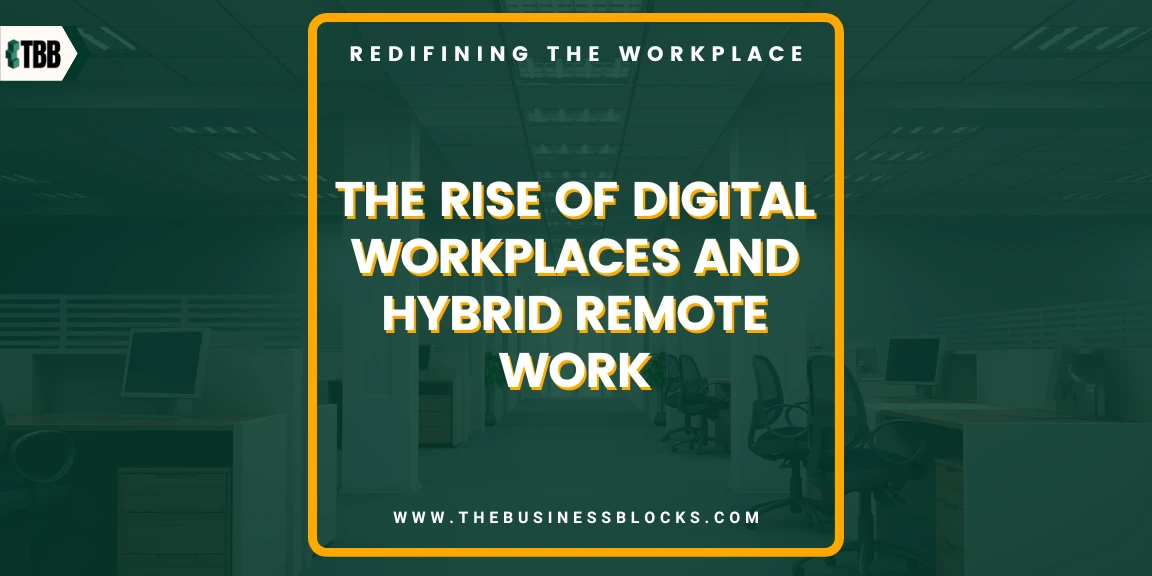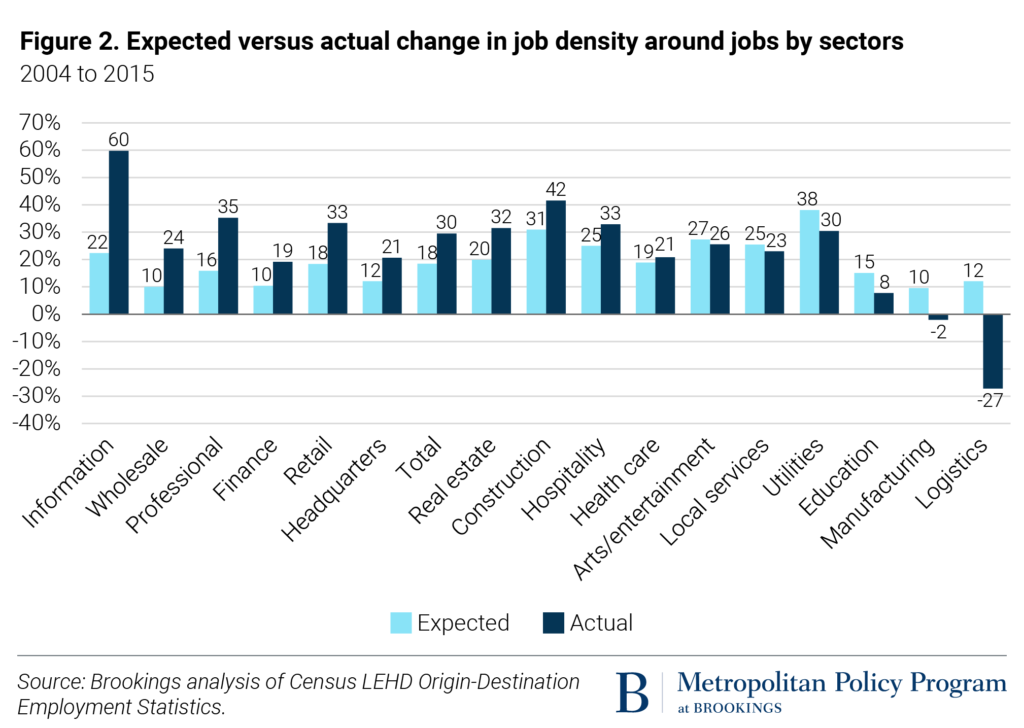The traditional workplace has undergone a significant transformation in recent years, driven by advances in technology and changing attitudes towards work. With the rise of digital workplaces and the increasing popularity of hybrid remote work, as well as numerous countries offering digital nomad visas, companies are redefining what it means to work in an office.
The shift towards digital workplaces has brought about many changes, including the use of new tools and technologies, a greater focus on collaboration and communication, and a more flexible approach to work. In this article, we will explore the trends and statistics surrounding this shift, as well as the types of equipment and digital hardware that are being used in these new work environments.
When did the digital workplace start?
The digital workplace can be traced back to the 1990s when the internet became widely accessible and organizations started to invest in technology infrastructure. The term “digital workplace” emerged in the early 2000s as a way to describe the integration of technology into the traditional office environment. Initially, digital workplaces were primarily focused on automating routine tasks, such as payroll and invoicing, and improving communication through email and instant messaging.
However, the concept of the digital workplace has evolved significantly since then. Today, digital workplaces are characterized by a variety of tools and technologies that enable employees to find a job overseas and work from anywhere, at any time. The proliferation of mobile devices, cloud computing, and collaboration software has made it possible for teams to work together seamlessly, regardless of their physical location.
The COVID-19 pandemic has further accelerated the shift towards digital workplaces, with many companies forced to adopt remote work in order to maintain business continuity. As a result, we are now seeing a rapid transformation of the workplace, with digital technologies playing an increasingly central role in how work is performed and managed.
What is the purpose of a digital workplace?
The purpose of a digital workplace is to create a modern work environment that leverages technology to enhance productivity, collaboration, and communication among employees. By providing employees with the tools and technologies they need to work effectively, regardless of their location, a digital workplace can improve operational efficiency and enable organizations to respond more quickly to changing business conditions.
The main goals of a digital workplace include:
- Enabling remote work: A digital workplace makes it possible for employees to work from anywhere, using the devices and software of their choice.
- Enhancing collaboration: By providing tools such as video conferencing, instant messaging, and document sharing, a digital workplace can improve collaboration among team members.
- Improving productivity: Digital workplaces provide employees with easy access to the information and resources they need to do their jobs efficiently.
- Increasing agility: A digital workplace can help organizations respond quickly to changes in the market or the business environment.
- Enhancing employee engagement: By providing employees with a modern, flexible work environment, a digital workplace can help to attract and retain top talent.
Overall, the purpose of a digital workplace is to create a more efficient, productive, and engaged workforce, while enabling organizations to adapt to an increasingly digital world.
Trends and Statistics about Digital Workplaces and Hybrid Remote Work
The COVID-19 pandemic has accelerated the trend towards digital workplaces and hybrid remote work, with many companies forced to adopt remote work in order to maintain business continuity. Here are some of the key trends and statistics in this area:
- Remote work is becoming increasingly common: According to a survey conducted by Buffer, 98% of remote workers would like to continue working remotely, at least some of the time, for the rest of their careers.
- Hybrid work models are gaining popularity: A survey by McKinsey found that nearly 70% of companies are considering adopting a hybrid work model, which allows employees to split their time between working remotely and in the office.
- Companies are investing in digital workplace technologies: According to a study by Gartner, global spending on digital workplace technologies is expected to reach $1.7 trillion by 2025, as companies invest in tools and technologies that enable remote work and collaboration.
- The use of video conferencing has skyrocketed: The pandemic has led to a surge in the use of video conferencing tools, with Zoom reporting a 169% increase in revenue in 2020.
- Employee well-being is a growing concern: As remote work becomes more common, employers are placing a greater emphasis on employee well-being, with many offering flexible work arrangements, mental health resources, and wellness programs to support their remote workforce.
The concentration of jobs in the knowledge sector is increasing.
Sectors such as finance, technology, and innovation require skilled and specialized workers, as well as knowledge transfer to improve productivity. Due to the small scale of the latter two sectors, there is a significant clustering of jobs in a limited number of metropolitan areas, individual neighborhoods, and buildings. This phenomenon is particularly evident in emerging innovation districts near anchor institutions like universities and hospitals. Between 2004 and 2015, the degree of clustering in neighborhood-level knowledge economy jobs intensified at a rate two to three times greater than what was initially projected, depending on the subsector.
Overall, the trends and statistics suggest that digital workplaces and hybrid remote work are here to stay, as organizations adapt to the changing needs and preferences of their workforce.
How does digital workplaces redefine the workplace?
Digital workplaces redefine the traditional workplace by leveraging technology to create a more flexible and collaborative work environment. Digital workplaces allow employees to work from anywhere using digital devices, removing the constraints of a physical office location. This increases employee autonomy and can lead to a better work-life balance, improving overall job satisfaction and reducing employee turnover.
Digital workplaces also enable collaboration among employees regardless of their location. Teams can use digital communication tools such as video conferencing, instant messaging, and document sharing to work together seamlessly, even if they are working from different locations.
Digital workplaces can also improve productivity by providing employees with easy access to the information and resources they need to do their jobs effectively. Digital tools such as cloud-based software and digital storage make it easier for employees to access and share data, leading to faster decision-making and increased efficiency.
Overall, digital workplaces redefine the traditional office environment by creating a more flexible, collaborative, and technology-driven workplace that is better suited to the needs of a modern workforce.
What is the future trend for digital workplace?
The future trend for digital workplaces is likely to involve further integration of advanced technologies such as artificial intelligence (AI), machine learning, and the Internet of Things (IoT). This will enable organizations to automate routine tasks, improve decision-making, and create a more personalized and adaptive work environment.
Another trend is the continued blurring of boundaries between work and life, as digital workplaces allow employees to work from anywhere at any time. This will require organizations to develop new strategies for managing workloads, ensuring employee well-being, and maintaining a sense of community and culture among remote workers.
In addition, digital workplaces will continue to prioritize collaboration and knowledge sharing, with an increasing emphasis on virtual team building and cross-functional collaboration. This will require the development of new tools and technologies to support these activities, such as virtual reality (VR) and augmented reality (AR).
Overall, the future trend for digital workplaces is towards an increasingly connected, collaborative, and technologically advanced work environment that prioritizes flexibility, employee well-being, and productivity. By embracing these trends, organizations can create a more innovative, agile, and competitive business that is well-positioned to succeed in the years ahead.
Wrapping Up
In conclusion, the trend towards digital workplaces and hybrid remote work is not just a response to the COVID-19 pandemic, but a fundamental shift in the way we work. Organizations that embrace this shift and invest in digital workplace technologies are likely to be more successful in attracting and retaining top talent, improving productivity, and staying competitive in a rapidly changing business landscape.
However, it is important for organizations to recognize that digital workplaces are not a one-size-fits-all solution, and that the best approach will depend on the specific needs and preferences of their workforce. By taking a flexible and adaptive approach, organizations can create a more innovative, collaborative, and satisfying work environment that benefits both employees and the business as a whole.
The future of work is digital, and those who are willing to embrace this change are likely to reap the rewards in the years ahead.


